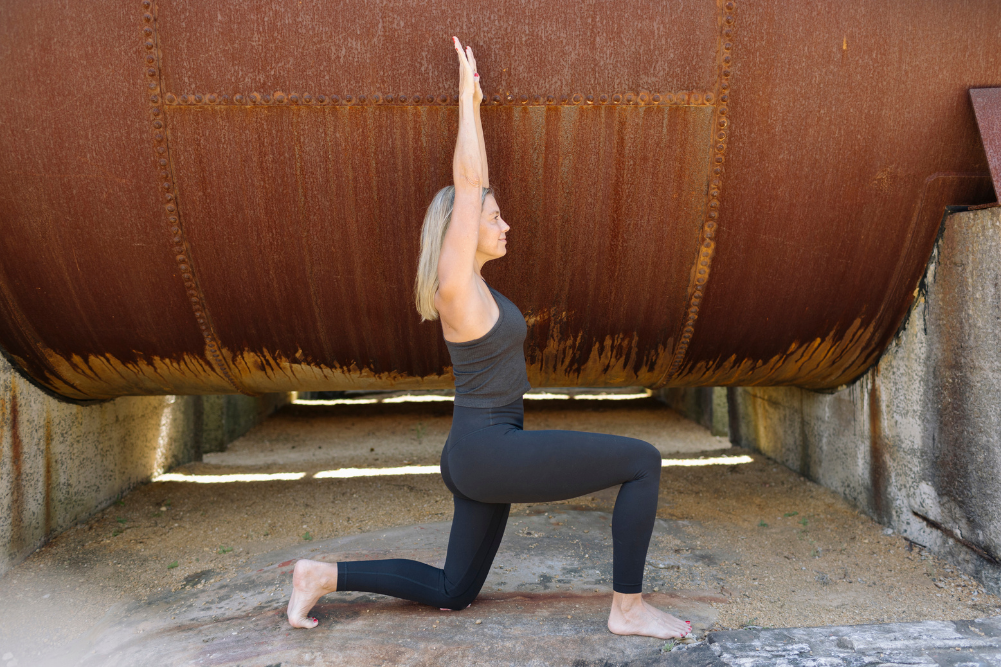Does yoga cause more pain?
Yoga is great for our physical health and mental wellbeing. It is also a popular alternative therapy for musculoskeletal disorders.
Practiced by many people globally, it seems that yoga is a safe alternative to help you with musculoskeletal pain amongst other ailments.
But a study from the University of Sydney reports just the opposite – that yoga can cause musculoskeletal pain.
In a prospective cohort study, data was collected via electronic questionnaires with a follow up after a year. The outcomes included incidence and impact of pain caused by yoga and the prevalence of pain cause, exacerbated, unaffected or improved by yoga.
The researchers also found that 74 per cent of the participants reported that existing pain improved with yoga, showing us that there is a complex relationship between musculoskeletal pain and yoga practice.
The researchers also collected information on age, experience, hours of practice and intensity of yoga participation.
The researchers found that yoga can exacerbate existing injuries. 21 per cent of existing injuries are made worst by yoga especially pre-existing musculoskeletal pain in the upper limbs.
The incidence of pain cause by yoga is more than 10 per cent each year which is similar to injury rate of all combined sports injuries.
The study also found that more one-third of the participants who had pain caused by yoga, were serious enough to prevent them from participating in yoga and the pain lasted more than 3 months.
New pain caused by yoga was in the upper extremities – shoulder, elbows, wrist and hand possibly due to downward dog and similar postures which puts weight in these areas of the body.
In fact the injury rate by yoga is 10 times higher than previously reported.
However, the researchers also found that 74 per cent of the participants reported that existing pain improved with yoga, showing us that there is a complex relationship between musculoskeletal pain and yoga practice and that the findings of this study can be used by clinicians and individuals to compare the risk associated with yoga and other exercise so as to make informed decisions about which activity is best suited.
It is important for practitioners to communicate with their yoga teachers about injuries and pre-existing condition prior to starting a yoga practice as well as inform other healthcare professionals about their condition so that they can practice other postures or modify some to make yoga practice safer for them.
While the popularity of yoga grows every day, it’s important to know that yoga, just like other activities, carries risks especially if you have pre-existing conditions, are new to the practice or are performing the postures incorrectly.
Source: Journal of Bodywork and Movement Therapies.








